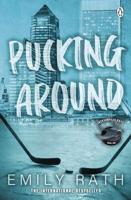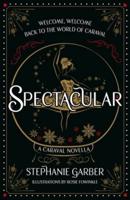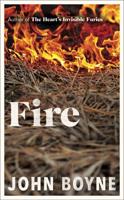Publisher's Synopsis
This historic book may have numerous typos and missing text. Purchasers can download a free scanned copy of the original book (without typos) from the publisher. Not indexed. Not illustrated. 1895. Excerpt: ... CONCLUSION. A.d. 1716-1788. INCREASE OF NONJURORS IN CONSEQUENCE OF OATH OF ABJURATION--FURTHER CONSECRATIONS--DIVISION ON QUESTION OF THE USAGES--RE-UNION--CORRESPONDENCE WITH EASTERN CHURCH--WILLIAM LAW--EFFECT OF THE "SERIOUS CALL"--GRADUAL DIMINUTION OF NONJURORS--DEATH OF'CHARLES EDWARD BRINGS SEPARATION TO A CLOSE--RESULT OF THE NON-JURING MOVEMENT ON CONDITION OF THE CHURCH. "We fall to rise, are baffled to fight better, Sleep to wake." Robert Browning. A Younger generation of Nonjurors filled the vacant places. It is impossible to estimate their numbers, but reinforced as they were by the Non-abjurors,1 these must have been considerable. They are said to have 1 The name applied to those who refused the Oath of Abjuration. formed fifty congregations in London alone.1 Few records of these congregations remain. A Mr. Hawkes, or Hawes, conducted Divine worship for twenty-five years somewhere in the neighbourhood ot St. James's. Dr. Welton had a chapel in Goodman's Fields, Spinckes in Broad Street; but for the most part the places where they met, liable as they were to be at any time surprised by a magistrate, oaths tendered, and fines inflicted, were kept secret. In Oxford and Cambridge there were great numbers of Nonjurors, who, debarred from the honours and emoluments of the universities, spent lives of obscure but not unfruitful toil in their ancient libraries. Many were scattered throughout the country. Thomas Brett had a congregation at Canterbury, and another at Faversham; Mr. Blackburn ministered at Manchester; in Somersetshire and probably elsewhere, lay Nonjurors, who lived far from priests of their own persuasion, frequently followed the example of Nelson and Dodwell, and attended their parish churches, using Prayerbooks printed before the R...



























